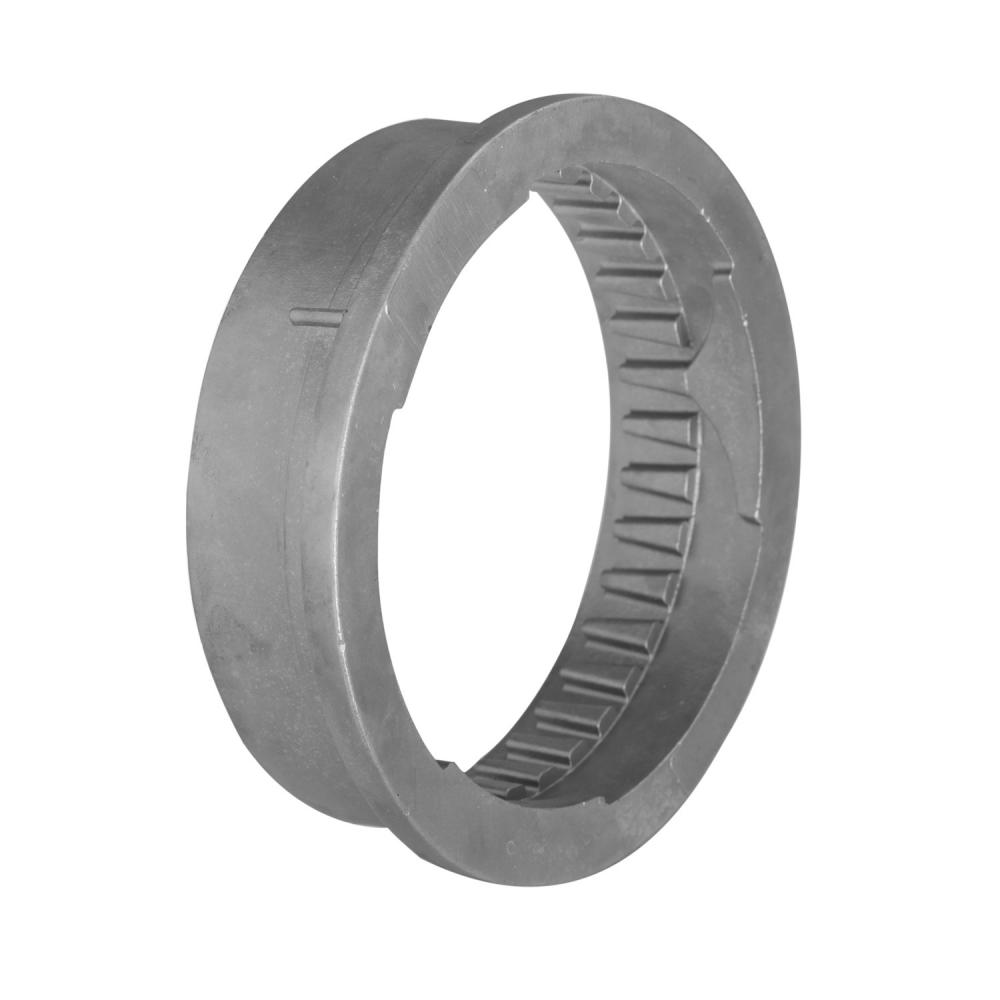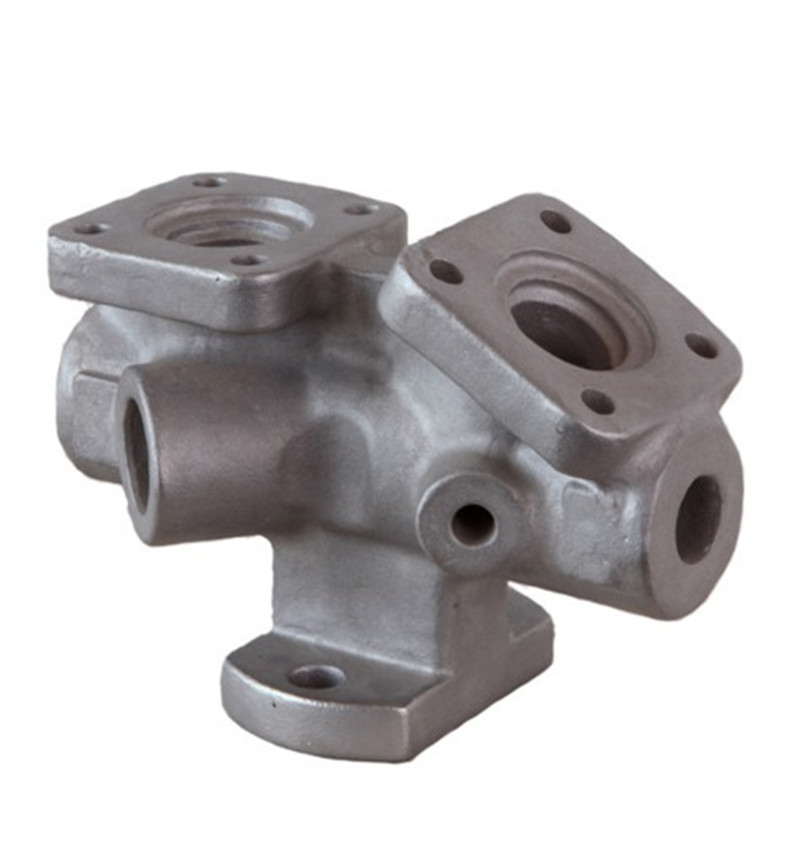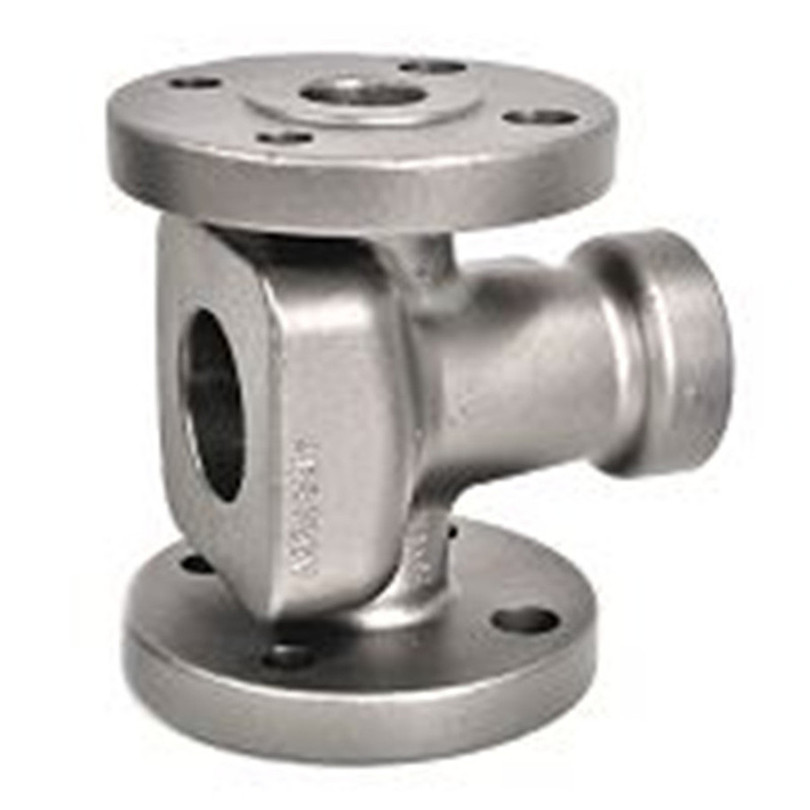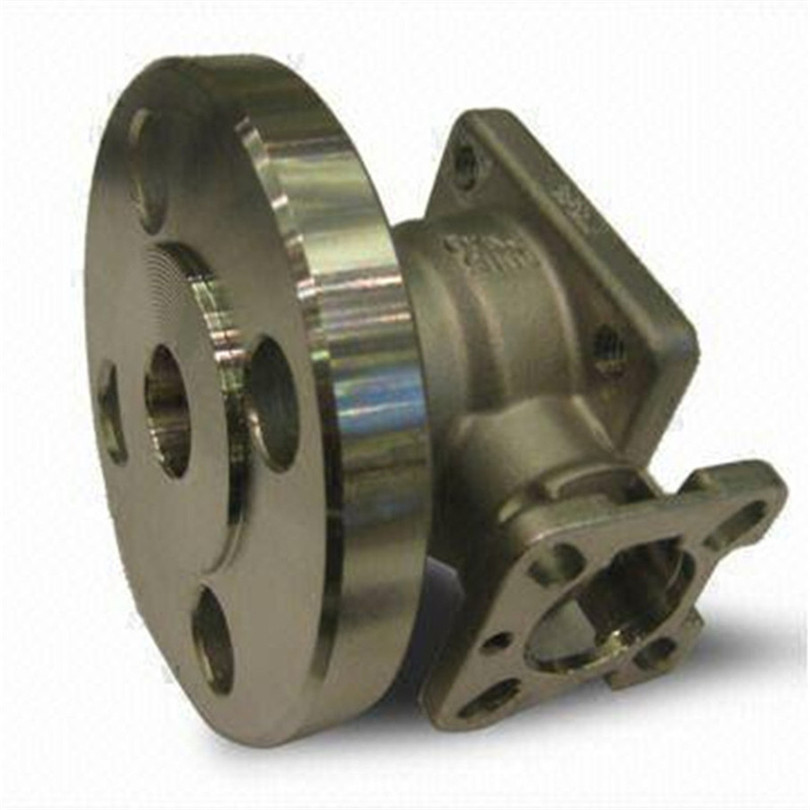Stainless Steel Precision Investment Casting: What’s Working Now in the Foundry World
If you work with complex metal parts, you already know the quiet reliability of investment casting. To be honest, it’s one of those processes that looks almost magical until you’ve watched a shell crack open to reveal a near-net masterpiece. I’ve spent enough time around foundry floors to appreciate the mix of art and statistical discipline it takes to get repeatable results.

Trends I’m Seeing
Three things stand out: simulation-driven gating (fewer inclusions), 3D-printed wax patterns (goodbye, tooling delays—well, almost), and sustainability pressures pushing toward longer tool life and lower scrap. Many customers say they’re trimming 10–20% off machining time when they switch to investment casting for complex geometries.
Process Flow (Quick but Real)
- Materials: 304/316, 17-4PH, 2205 duplex; typical density ≈7.9 g/cm³.
- Method: Lost wax with thermal gravity pour; shell built via fused silica/zircon; pressure casting where needed.
- Shell & Pour: Dewax, fire at ≈950–1050°C, then pour at alloy-specific temps.
- Heat Treatment: Solution anneal for austenitics; H900–H1150 for 17-4PH (real-world use may vary).
- Finishing: Polishing to Ra6.3; passivation per ASTM A967.
- Testing: DT (tensile, hardness); NDT: PT per ASTM E1417, RT/UT as specified. Dimensional per ISO 8062-3.
- Service Life: Around 5–15+ years in pumps/valves; marine with 316 and proper passivation trends long-life.
- Industries: Machinery, food processing, chemical, energy, marine, and, surprisingly, some boutique medical brackets.

Product Snapshot: Stainless Steel Precision Investment Casting
| Origin | Gelan Building, No.256 Xisanzhuang Street, Shijiazhuang, Hebei, China |
| Casting Method | Thermal Gravity Casting |
| Process | Lost Wax Investment Casting |
| Molding Technics | Pressure Casting (where applicable) |
| Material | Stainless steel (304/316/17-4PH) |
| Surface Prep | Polishing; passivation per ASTM A967 |
| Surface Roughness | Ra ≈6.3 µm |
| Tolerance | ISO 8062-3 CT6–CT8 (geometry-dependent) |
| Typical Tensile (316) | UTS ≈520 MPa; YS ≈205 MPa; Elongation ≈35% |
| Hardness | HB 150–190 (condition-dependent) |
| NDT Options | PT, RT, UT to spec; CMM inspection |

Where It Shines
- Pump/valve bodies needing thin walls and smooth passages.
- Food-grade brackets where 316 and cleanability matter.
- Energy hardware—impellers, housings—with tight concentricity.
Advantages? Near-net complexity, consistent surfaces, and—actually—less machining drama. One buyer told me their scrap dropped from 3.8% to 1.1% after moving to investment casting with proper RT on critical ribs.
Vendor Comparison (Practical View)
| Vendor | Typical Tolerance | MOQ | Lead Time | Certs/Standards | Notes |
|---|---|---|---|---|---|
| Mingda Metals (Shijiazhuang) | ISO 8062-3 CT6–CT8 | ≈100–300 pcs (part-size dependent) | Tooling 2–4 wks; parts 3–6 wks | Works to ASTM/ISO per PO | Good polish/passivation; responsive DFM |
| Regional Foundry A | CT7–CT9 | ≈50–200 pcs | 4–8 wks | ISO-aligned, PT standard | Strong on small-format parts |
| Overseas Low-Cost B | CT8–CT10 | ≥500 pcs | 6–10 wks | Basic PT; limited RT | Price-focused; verify QA plan |

Customization & A Quick Case
Customization usually starts with DFM: adding radii, tweaking draft, and gating for flow. For precision investment casting, I always suggest specifying NDT up front—PT Level II for cosmetic surfaces, RT for critical sections.
Case: A 316 pump impeller for a food line. After switching to investment casting with zircon prime coat and controlled pour, machining time dropped ≈28%. Test data: UTS 514 MPa, YS 207 MPa, Elongation 36%; PT Level II (zero relevant indications), hydrotest at 6 bar—0 leaks/100%. CPk on bore diameter 1.72 over 2,000 pcs. Customer feedback? “Finish was better than we budgeted for.”

Specs to Put in Your RFQ
- Alloy/heat treat; required UTS/YS/elongation.
- Tolerance class (ISO 8062-3) and GD&T on criticals.
- NDT plan: PT per ASTM E1417; RT class on ribs/bosses.
- Surface: Ra target (e.g., ≤6.3 µm) and passivation per ASTM A967.
- Sampling plan (e.g., ANSI/ASQ Z1.4), CMM report format, PPAP level if automotive.
Authoritative citations:
- ISO 8062-3: Geometrical Product Specifications (GPS) — Tolerances for castings.
- ASTM A743/A743M: Standard Specification for Castings, Iron-Chromium, Iron-Chromium-Nickel.
- ASTM E1417/E1417M: Standard Practice for Liquid Penetrant Testing.
- ASTM A967/A967M: Standard Specification for Chemical Passivation Treatments for Stainless Steel Parts.
Hebei Mingda International Trading Company is a trading company which is specialized in castings, ODM Ductile Iron Manhole Cover forgings and machinery parts.Our products include all kinds of raw castings to be made of ductile iron , grey iron , brass , stainless steel and aluminums, machined castings and forged parts .ODM Ductile Iron Covers To make these parts according to the customers’Custom Iron Casting drawings , we have relative suitable production craft and equipments, such as resin sand , sand mould , hot core boxes , lost-wax , lost –foam and so on Iron Casting Manufacturer Custom.Specially for hydrant bodies and valves’Ductile Iron Manhole Cover Manufacturer bodies, we have collected rich experience for these products in the past 16 year’s actual production, Now we are proud of our products with good surface and high quality material. Iron Casting ManufacturerWhatever,we have been trying our best to provide our customers with better quality castings by improving production crafts and more careful quality control.Cast Iron Castings Manufacturer|super blog